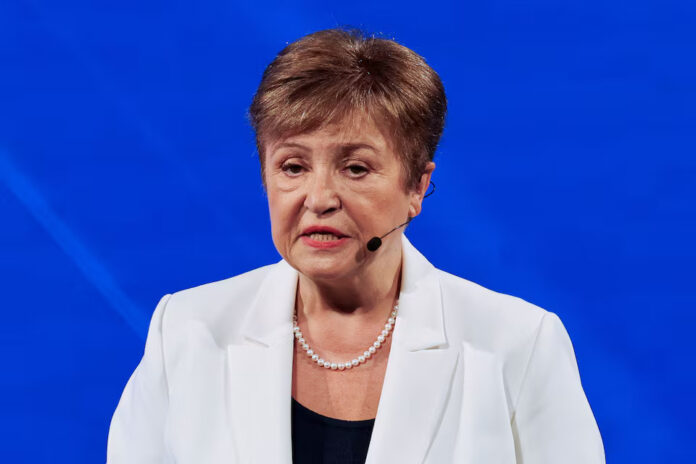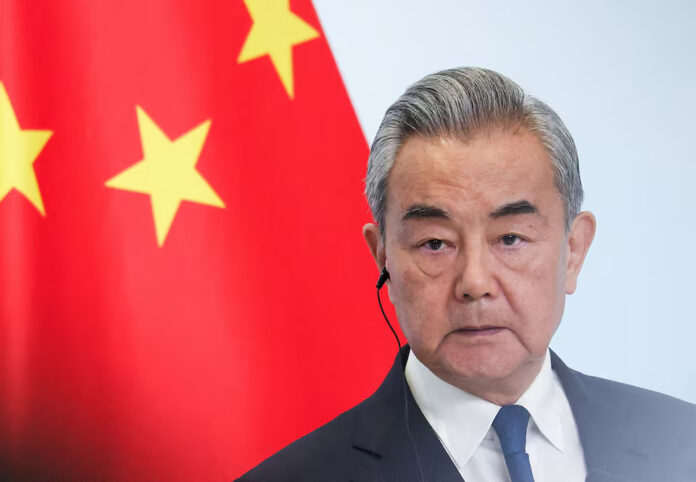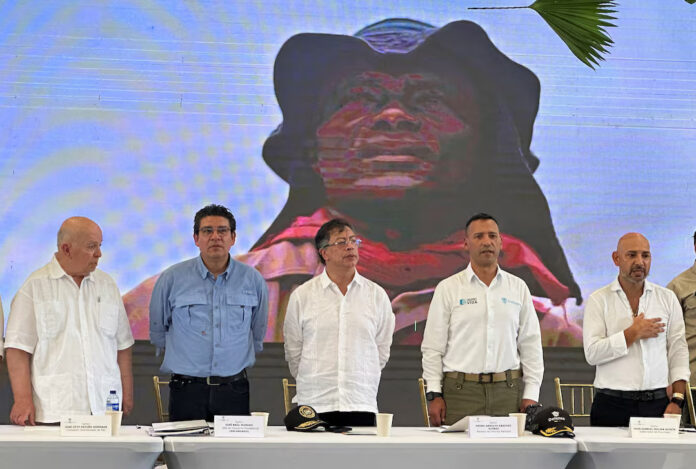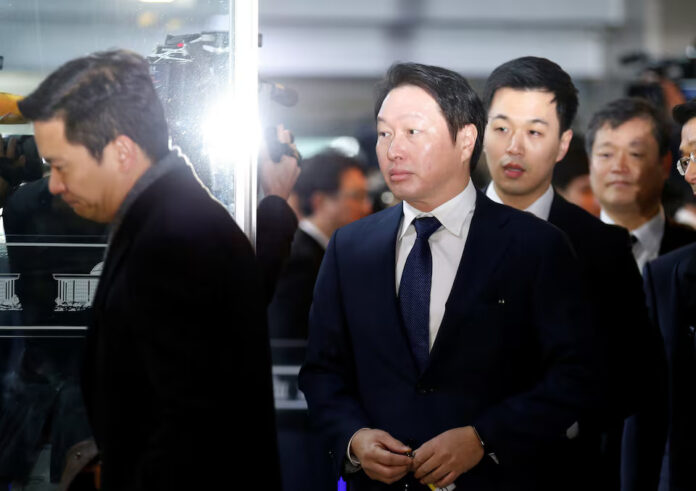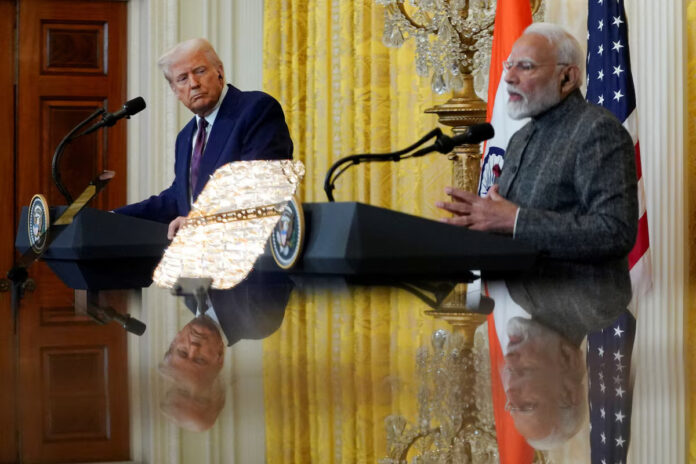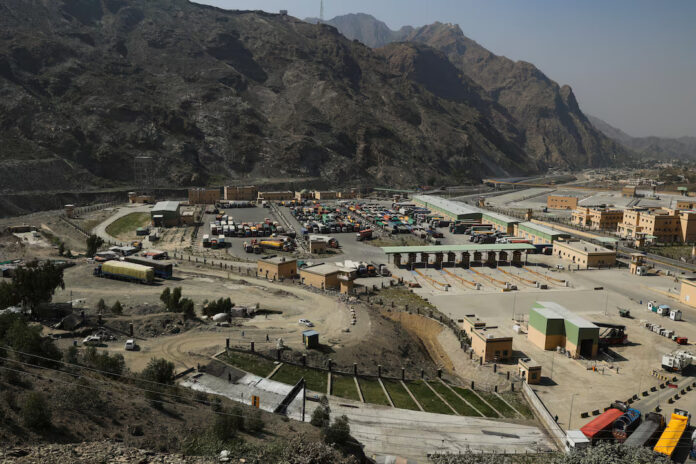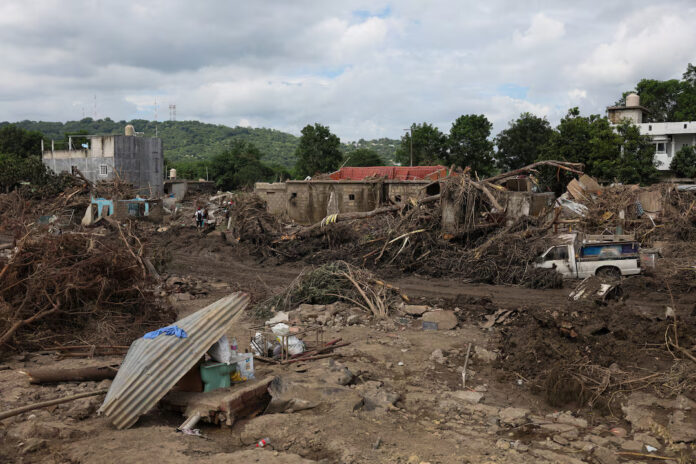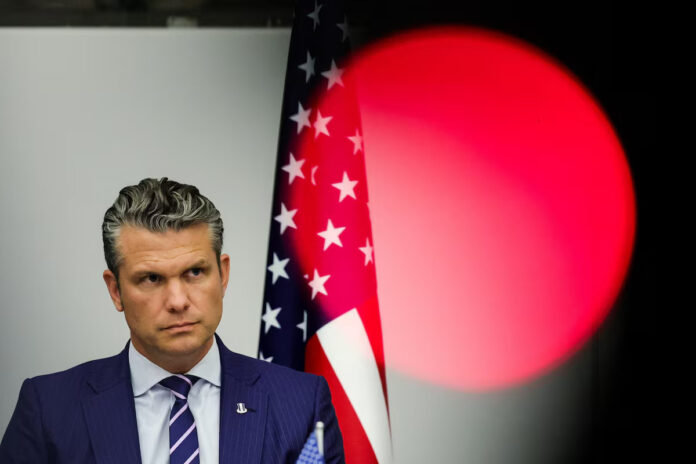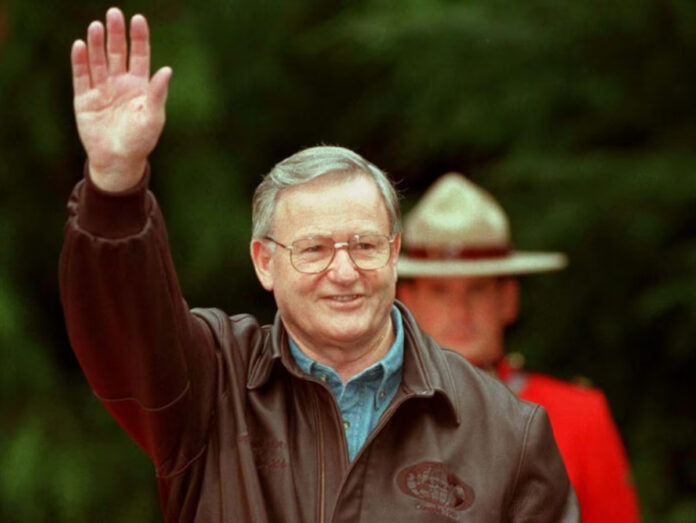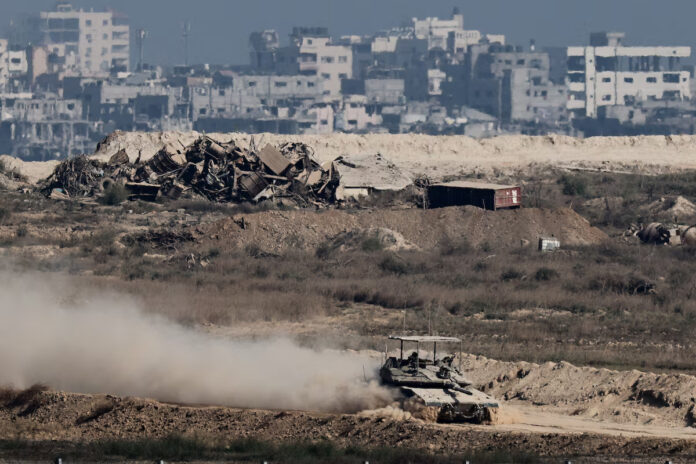International Monetary Fund (IMF) Managing Director Kristalina Georgieva intends to visit Ukraine, though the timing of the trip has yet to be determined, an IMF spokesperson said on Wednesday.
Georgieva last visited Kyiv in February 2023 and is expected to return as the IMF and Ukraine negotiate a new four-year lending program to replace the current $15.5 billion arrangement.
Ukraine has already received $10.6 billion under the existing program, which was approved in March 2023.
“Our staff remains actively engaged with the Ukrainian authorities on macroeconomic policies aimed at maintaining stability, financing essential expenditures, and restoring debt sustainability with a view to continued IMF support,” the spokesperson said.
Ukrainian officials met with representatives from the IMF, the World Bank, and donor countries on Wednesday on the sidelines of the institutions’ annual meetings in Washington.
The discussions focused on Ukraine’s financing needs as the war with Russia nears its fourth year.
A new loan program is necessary because the current agreement assumed the conflict would end by late 2025, an outlook that no longer appears realistic.
According to sources familiar with the talks, the IMF is working to update its economic framework to reflect the prolonged war and Ukraine’s fiscal challenges.
As in 2023, the IMF will require assurances from G7-plus nations to guarantee the new loan, since the Fund’s rules restrict direct lending to countries engaged in active conflict.
A G7 source said discussions on those assurances are ongoing, noting that the United States has informed its European partners it will not participate in the guarantees, leaving Europe to assume that role.
Ukraine continues to view its partnership with the IMF as a cornerstone of economic stability. Finance Minister Serhiy Marchenko recently warned that Kyiv faces an $18 billion shortfall in its 2026 budget, which targets a deficit of about 18.4% of gross domestic product.
The pending IMF program is expected to be critical in helping Ukraine bridge that gap and sustain its economy amid the continuing war.
Source: Reuters
Written By Rodney Mbua









